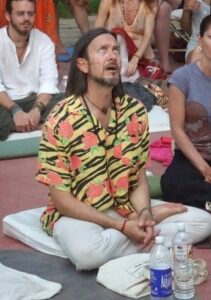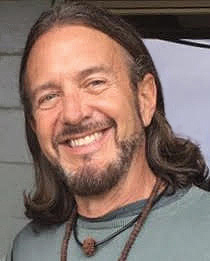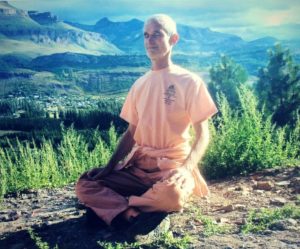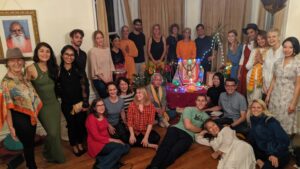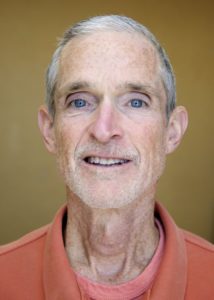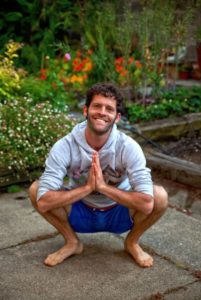What the Practice of Kirtan Means to Me
by Snehan Born
The practice of chanting the Holy names of Gods and Goddesses in Sanskrit is known as Sankirtan or simply Kirtan, as we’ve come to know it in the West.
This practice of singing the names in song form has the distinct ability to center us in our hearts. When we chant together in this way, we begin to lessen our self-consciousness and our hearts feel safe to open more fully. As we all know, music itself has the power to touch our hearts and evoke so many emotions. Imagine being free to sing unselfconsciously from your heart in a deeply spiritual practice, and in communion with other like-minded seekers; this is just a taste of what Kirtan can do for us. Repeating these Sanskrit names over and over produces internal vibrations that can be peaceful, healing, enlightening, relaxing and/or energizing.
I love to sing and in my own way I’ve been trying to learn to sing my whole life, though my natural voice is not great. I’ve imitated all kinds of singers; some even became friends. Eventually I decided that I would just keep practicing and in some future life I might have a voice that could be good enough to inspire minds and heal hearts. I still feel that way, that I am practicing in order to become a real singer next time around. But I’ll tell you something, when I came to love Kirtan in my 40s and after practicing for some time, I secretly discovered that my voice seemed to be slowly improving, little by little. I’m still pretty insecure about my voice, but I receive so much benefit and enjoyment from chanting together with others that I keep with it. And now it’s an inspiration and surprise to receive encouragement from friends who perform Kirtan professionally.
Presently, I’m practicing the Hanuman Chalisa with an online sangha that meets every morning at 8am for an hour. This is so much fun and it furthers my awe of the effects of Kirtan on myself and others. Try it out. But be aware that it’s addictive to the soul. You might not just like it, you might love it!
Our beloved kirtanist, Astrud Castillo, will be leading an online kirtan here at the Institute this Saturday, December 12th, at 7pm. Steeped in the Bhakti Yoga tradition, Astrud will lead us in chanting the names of the divine, opening and attuning the heart to the spiritual ground of being we all share. We hope you will join us. https://integralyogasf.org/event/integral-yoga-kirtan
Snehan Born has four decades of experience with yoga and has been teaching Integral Yoga since 2000. Snehan resides at the Integral Yoga Institute of San Francisco. He serves as assistant to Swami Ramananda and is a lead teacher trainer. He has also led Hatha Yoga trainings at Satchidananda Ashram, Yogaville, Virginia, The Integral Yoga Institute in New York City and privately in Hawaii where Snehan co-created the Metamorphous Yoga Studio. Snehan is certified in all levels of Integral Yoga Hatha and has received additional certifications in Pranayama, Meditation, Raja Yoga and Stress Management from Integral Yoga and “Life of a Yogi” certification from Sri Dharma Mittra. Snehan has taught yoga all over the US as well as in India, Nepal, South America, Australia, New Zealand, Mexico, Japan and Europe.

